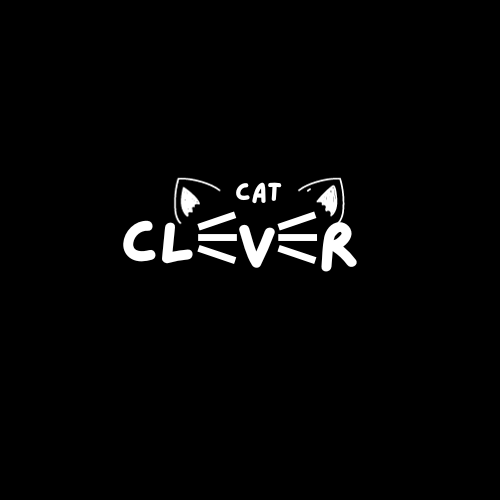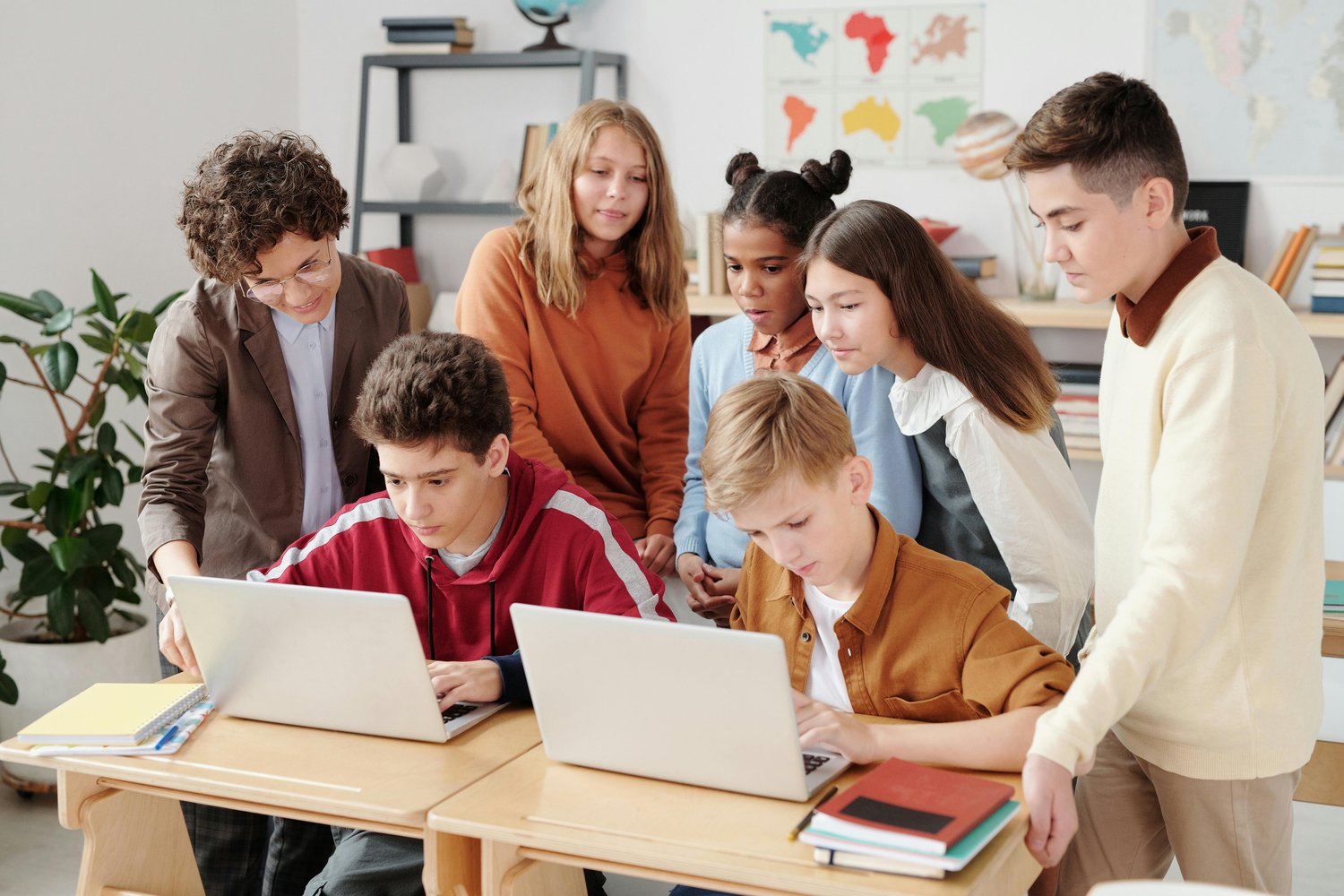In the rapidly evolving educational landscape of 2024, the integration of traditional teaching methods with cutting-edge digital technologies is redefining how we approach learning. Blended learning, which combines face-to-face instruction with online educational tools, offers the best of both worlds, creating a dynamic and flexible learning environment. This approach not only enhances the educational experience but also prepares students for the future. Let's explore how blended learning is transforming education and why it’s the future of teaching and learning.
The Benefits of Blended Learning
1. Enhanced Engagement and Interaction
- Interactive Content: Digital tools such as interactive simulations, videos, and games make learning more engaging and enjoyable. These resources can bring subjects to life, making complex concepts easier to understand.
- Real-Time Feedback: Online quizzes and assessments provide immediate feedback, helping students identify their strengths and areas for improvement. This instant feedback loop keeps students motivated and on track.
2. Personalized Learning Experiences
- Adaptive Learning Technologies: These technologies tailor educational content to individual learning styles and paces. By analyzing student performance, adaptive learning systems can provide customized resources and activities that target specific needs.
- Flexible Learning Paths: Blended learning allows students to move through the curriculum at their own pace, ensuring that they fully grasp each concept before moving on. This flexibility supports differentiated instruction, accommodating diverse learning abilities.
3. Collaborative Learning Opportunities
- Online Discussion Forums: Digital platforms enable students to collaborate and communicate outside of the classroom. These forums foster peer-to-peer learning and allow students to engage in meaningful discussions about the material.
- Group Projects: Blended learning supports collaborative projects where students can work together in both physical and virtual spaces, leveraging various digital tools to enhance their work.
4. Efficient Use of Classroom Time
- Flipped Classroom Model: In a flipped classroom, students review lecture materials online before class, allowing for more hands-on activities and personalized support during class time. This model maximizes the effectiveness of face-to-face interactions.
- In-Class Technology Integration: Teachers can use digital tools in the classroom to facilitate interactive lessons, conduct live polls, and access real-time data on student understanding.
Practical Strategies for Implementing Blended Learning
1. Develop a Clear Plan
- Set Clear Objectives: Define what you want to achieve with blended learning. Clear goals will guide your choice of digital tools and instructional methods.
- Choose the Right Tools: Select digital tools that complement your teaching style and curriculum. Consider platforms that offer interactive content, adaptive learning features, and robust analytics.
2. Prepare and Train Educators
- Professional Development: Provide teachers with training on how to effectively integrate digital tools into their instruction. Continuous professional development is crucial for staying updated with the latest educational technologies.
- Support and Resources: Ensure that educators have access to technical support and resources. This support can include how-to guides, tutorials, and a community of practice.
3. Engage Students in the Process
- Introduce Gradually: Start with small, manageable changes to help students adapt to blended learning. Gradually introduce more digital components as they become comfortable with the new approach.
- Gather Feedback: Regularly solicit feedback from students about their learning experiences. Use this feedback to refine and improve your blended learning strategy.
4. Monitor and Adjust
- Track Progress: Use analytics and data from digital tools to monitor student progress. This information can help you identify trends and make informed decisions about instructional strategies.
- Adjust as Needed: Be flexible and willing to adjust your approach based on what works best for your students. Blended learning is not one-size-fits-all; it requires continuous refinement.
The Future of Education is Blended
Blended learning is more than just a buzzword; it represents the future of education. By combining the strengths of traditional teaching methods with the advantages of digital tools, educators can create a more engaging, personalized, and effective learning experience. As we move forward, embracing blended learning will be crucial in preparing students for the challenges and opportunities of the 21st century.
Discover the Power of Blended Learning with Our E-Learning Platform
Ready to transform your teaching approach with blended learning?
Visit our e-learning website today to explore a wealth of resources designed to make the integration of traditional and digital methods seamless and effective. Our comprehensive online courses are perfect for both teachers and students, offering interactive lessons, adaptive learning technologies, and collaborative tools. Don’t miss out on the opportunity to enhance your educational experience—check out our online lessons now!



Comments ()